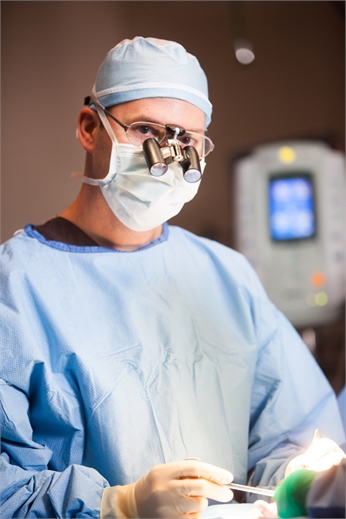Home | Education | Hand Conditions

Learn more about Animal and Human Bites
Learn more about Burns to the Hand
Learn more about Dupuytren's Contracture Disease
Learn more about Ganglion Cysts
Learn more about Hand Infections
Learn more about Hand Tumors
Learn more about Lawnmower Injuries
Learn more about Nail Bed Injuries
The information on this webpage is based on material from the American Society for Surgery of the Hand and is for educational purposes only.

Hand Conditions
Animal and Human Bites
Bites are extremely common and can cause significant pain and other problems, especially when associated with an infection. Early recognition of warning signs and appropriate treatment are key in minimizing potential problems from the bite.Learn more about Animal and Human Bites
Burns to the Hand
When the skin comes in contact with something hot, it may be damaged, with death of cells in the skin. The depth of the injury depends on the intensity of the heat and the length of time that it is applied. If sufficiently severe, the full thickness of the skin can be destroyed, as well as tissues under it. Burns can also result from contact with certain chemicals.Learn more about Burns to the Hand
Dupuytren's Contracture Disease
Dupuytren’s contracture is an abnormal thickening of the fascia (the tissue between the skin and the tendons in the palm) that may limit movement of one or more fingers. In some patients, a cord forms beneath the skin that stretches from the palm into the fingers. The cord can cause the fingers to bend into the palm so they cannot be fully straightened.Learn more about Dupuytren's Contracture Disease
Ganglion Cysts
Ganglion cysts are very common masses (lumps) that sometimes grow in the hand and wrist. The cysts are generally found on the top of the wrist, on the palm side of the wrist, the end joint of a finger (mucous cysts), or at the base of a finger. They often resemble a water balloon on a stalk and filled with clear fluid or gel.Learn more about Ganglion Cysts
Hand Infections
Hand infections can cause severe problems that persist even after the infection has resolved, such as stiffness, loss of strength, and even loss of tissues such as skin, nerve and even bone. Thus early and aggressive treatment of hand infections is essential. When seen early, some types of infection can be treated with antibiotics and local rest and soaking. However many infections begin to cause severe problems, even after a day or two, if not treated with antibiotics, surgical drainage, and removal of infected tissues.Learn more about Hand Infections
Hand Tumors
Any abnormal lump or bump is considered a tumor. A tumor can also be referred to as a "mass". The term "tumor" does not necessarily mean it is malignant or it is a cancer. In fact, the vast majority of hand tumors are benign or non-cancerous. Any lump or bump in your hand is a tumor regardless of what causes it. Hand tumors can occur on the skin, like a mole or a wart, or can occur underneath the skin in the soft tissue or even the bone. Because there are so many tissue types in the hand (e.g. skin, tendon, fat, ligaments, bone, etc) there are many types of tumors that can occur.Learn more about Hand Tumors
Lawnmower Injuries
Lawnmower injuries are seasonal injuries that can cause severe damage to the hands. They generally occur when a patient tries to remove an object in the way of the machine or an object that is stuck in the machine. Lawnmowers can cut and crush multiple fingers with injury to the bones, joints, tendons, nerves, arteries, veins, and skin. Tendons attach muscles to bones and help move the fingers. Nerves are necessary for the feeling and movement of the fingers. Arteries and veins move the blood to and from the fingers. Injuries from these machines can result in amputations of fingers and the hand.Learn more about Lawnmower Injuries
Nail Bed Injuries
Injuries to the nail are often associated with damage to other structures that are in the same location. These include fractures of the bone (distal phalanx), and/or cuts of the nail bed, fingertip skin (pulp), tendons that straighten or bend the fingertip, and nerve endings.Learn more about Nail Bed Injuries